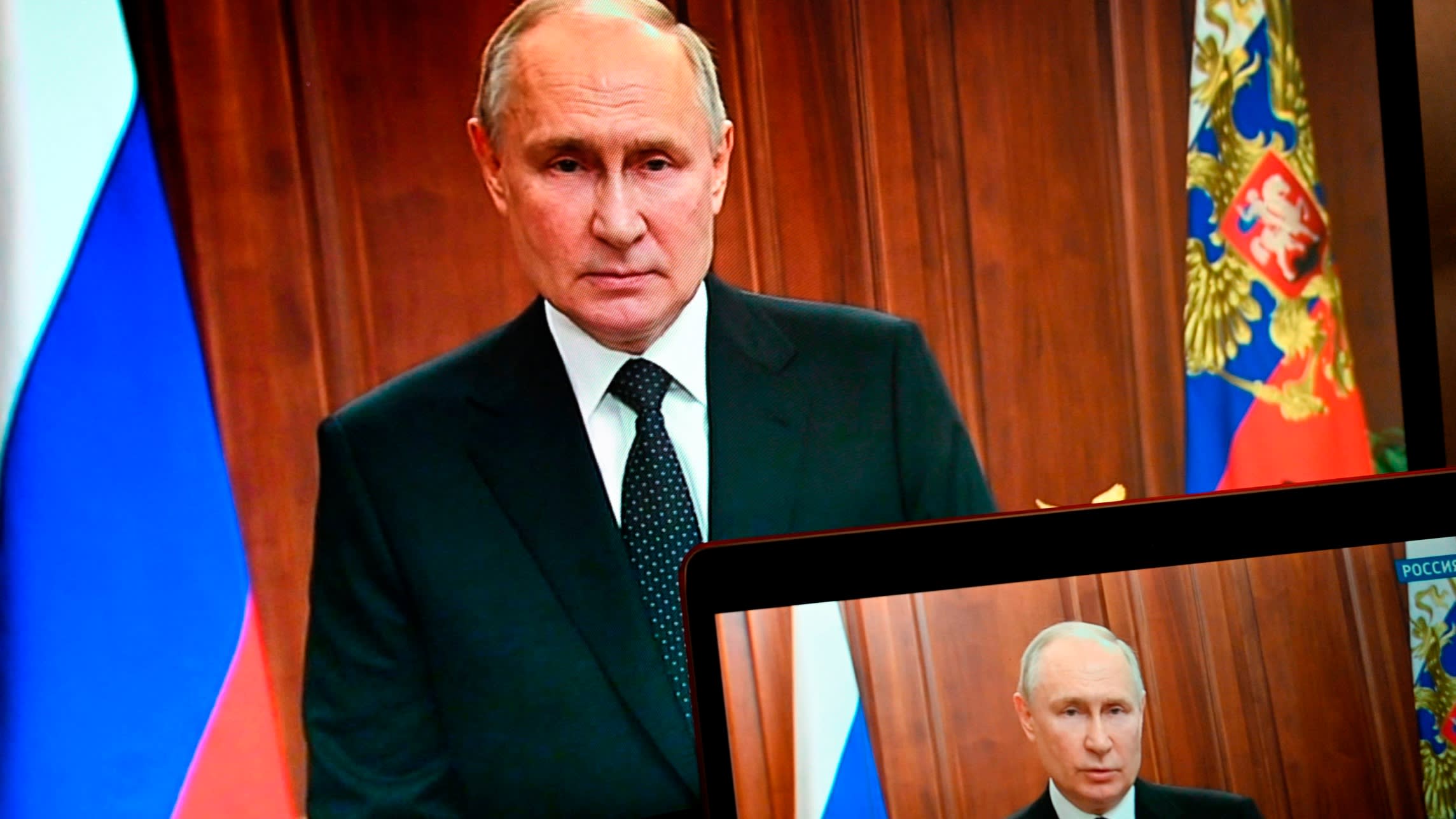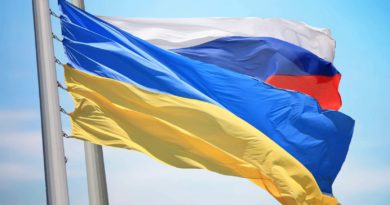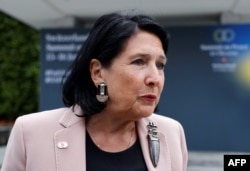Vladimir Putin has created his own worst nightmare

Fifteen months ago, Vladimir Putin’s army was on the outskirts of Kyiv. Now the Russian leader is struggling to maintain control in Moscow.
The rebellion of Wagner forces, led by Yevgeny Prigozhin, is the final confirmation of how catastrophically wrong the war in Ukraine has gone for Putin. Even if the Russian leader prevails in the immediate battle against Wagner, it is hard to believe that Putin can ultimately survive this kind of humiliation. His prestige, his power, even his life, are now on the line.
The historic irony is that Putin’s own actions have brought about the thing he fears most: an insurrection that threatens both the Russian state and his own personal power.
Putin’s fear of a “colour revolution” in Russia dates back almost 20 years. Fittingly, its origins lie in Ukraine. The Orange revolution of 2004 — a popular, democratic uprising against a rigged election in Ukraine — sparked a paranoia in the Russian president that has steadily intensified over the years.
Ever since, Putin has been haunted by two linked fears. First, that Ukraine would slip irrevocably from Russia’s grasp. Second, that a successful pro-democracy uprising in Kyiv would be a dry run for the same thing in Moscow.
His decision to invade Ukraine in 2022 was an effort to finally snuff out both dangers — by installing a pro-Russian, authoritarian government in Kyiv.
As a former intelligence operative and conspiracy theorist, Putin was convinced that the origins of any “colour revolution” — whether in Ukraine or Russia — would lie in Washington. His refusal to believe that Ukrainians might have agency or power led to his fatal underestimation of the strength of the country’s resistance to a Russian invasion.
As well as underestimating Ukrainian strength, Putin — drunk on the mythology of the Red Army of the 1940s — fatally overestimated Russia’s own military power. The failure of the Russian army opened the door for the Wagner group to enter the war. This gave Prigozhin his own power base and propaganda platform and ultimately allowed him to turn on the Russian state.
Putin’s pitch to the Russian people has always been that he rescued the country from the anarchy of the 1990s. But what is happening now is reminiscent of the failed military and hardliner coup against Mikhail Gorbachev in 1991, when Boris Yeltsin mounted a tank outside parliament. At that point, the people of Moscow played a vital role in the unfolding events. The reaction of the Russian population to the Prigozhin uprising will be a crucial — and, as yet, unknown — part of this story.
In his own first remarks on the Prigozhin uprising, Putin looked back to an even darker precedent: the alleged “stab in the back” that ended the Russian war effort in 1917 and pitched the country into revolution and civil war. These words were meant to convey firmness of purpose. But they were hardly reassuring.
The Wagner insurrection will give hope to opponents of the Putin regime — both inside and outside Russia. For the Ukrainian military, whose counter-offensive has failed to break through, this looks like a historic opportunity. If Russia’s forces turn on each other, or are pulled back from the frontline to defend Putin, they could fold in eastern Ukraine.
Political prisoners in Russia, such as Alexei Navalny or Vladimir Kara-Murza, must also have a new sense of hope and opportunity. They, too, may play a part over the coming months.
Prigozhin, of course, is no liberal. His rhetoric is stridently nationalist and imperialist. The Wagner forces have a well-earned reputation for brutality. But Prigozhin — like Putin — has now unleashed forces that he will struggle to control.
gideon.rachman@ft.com
This article has been archived for your research. The original version from Financial Times can be found here.


